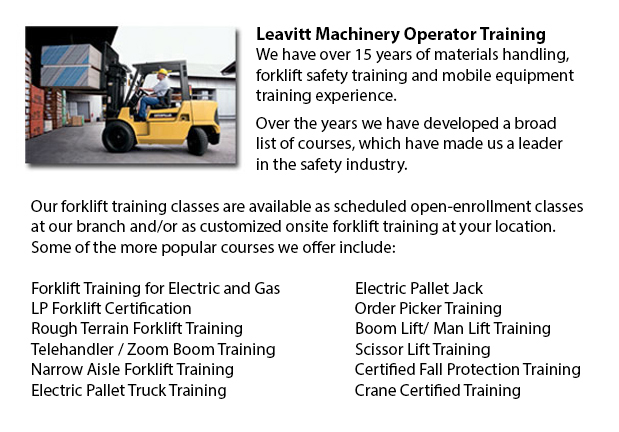
Boom truck are often utilized by phone, cable and utilities firms as they have long folded arms which are generally folded over the roofs of company vehicles. On the end of the extension of extendable arms typically sits a bucket-like apparatus. When a container truck has an extendable boom mounted the roof this is often known as an "aerial boom truck" or a "cherry picker". It is able to transport workers to the top of a telephone or utility pole. Bucket boom vehicles have a hauling capacity of around 350 lbs to 1500 lbs or 158 kg to 680 kg plus they are able of extending the bucket up to 34 feet or just over 10 meters into the air.
Construction boom vehicles or heavy duty boom trucks will often have a hoist appendage on the rear. Often referred to as knuckle booms, these cranes might be shorter and more compact than the trolley boom, which has a boom able to extend the length of the truck. Hoist boom trucks include a raising capacity between 10 to 50 tons or roughly 9 to 45 metric tons.
Concrete boom vehicles are an additional adaptation. The booms on these vehicles have a pipe with a nozzle at the extreme end and are used to pump concrete or other resources. The areas where these materials ought to be deposited is usually inaccessible to the truck or is stationed at a substantial height, therefore, the boom of a larger concrete boom truck may well be extended 230 feet or just about 71 meters. The truck then pumps the material through the boom precisely depositing it into the space where it is required.
Fire engines are normally fitted with a boom bucket able to raise firefighters up to the upper floors of structures. Moreover, this boom will allow firefighters to direct the flow of water or to engage or rescue ensnared victims. Many of the older hook and ladder lift trucks have been replaced by modern boom trucks.
There is also a miniature self-propelled boom truck, related to a forklift that is existing on the market for huge warehouses or manufacturing facilities. These mini boom vehicles can raise staff to upper storage areas or to the ceiling of the building. They are far safer and more steady than utilizing an extension ladder for the identical application.
-
Toyota Forklift
In the U.S., Toyota Materials Handling inc., or TMHU, continues to be the best selling lift truck provider since 1992. This business has been headquartered out of Irvine, California for well over 40 years, providing a wide-ranging line of quality lif... More -
Aerial Lifts
Aerial lifts can be utilized to accomplish numerous distinctive tasks done in hard to reach aerial spaces. A few of the duties associated with this style of lift include performing daily maintenance on structures with prominent ceilings, repairing ph... More -
Scissor Lifts
The scissor lift or platform lift, is a mechanized industrial lift that has been tailored to be used in retail, wholesale, manufacturing and production settings. Industrial scissor lifts have been used mainly within production and manufacturing facil... More -
Komatsu Forklift
Komatsu Forklift U.S.A. Inc. has a very good reputation for building dependable and resilient forklifts. Komatsu is recognized around the globe as a corporation with a prosperous heritage while preserving an outstanding benchmark of innovation and qu... More -
Boom Lifts
Boom lifts are equipment that has a platform that could be lowered or raised to many heights, thus making this piece of equipment an important necessity in a wide variety of professions. Offered in quite a few specific types such as aerial hoists, sc... More

Forklift Training Marysville
TOLL FREE: 1-888-254-6157
Marysville, Washington
forklifttrainingmarysville.com
Email Us
About Us


